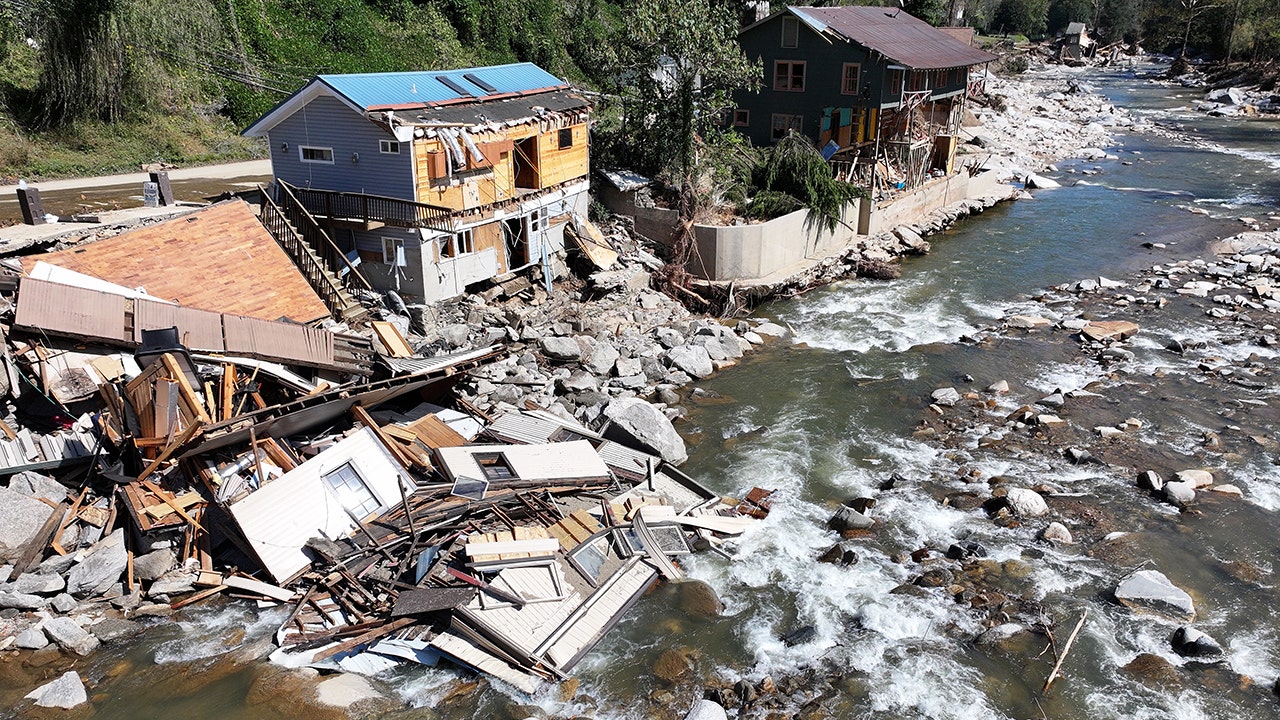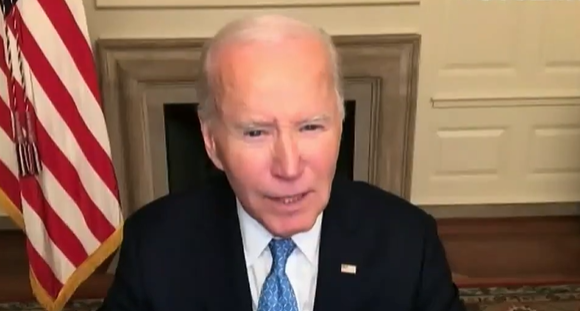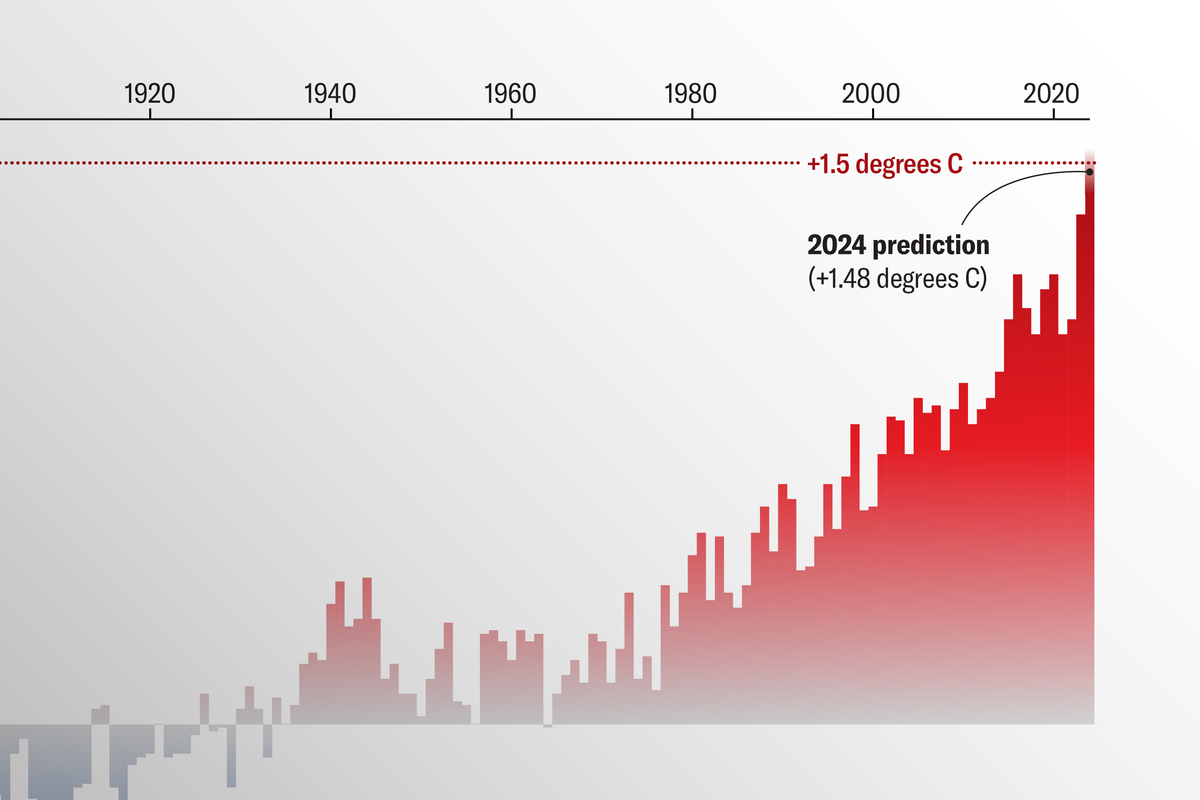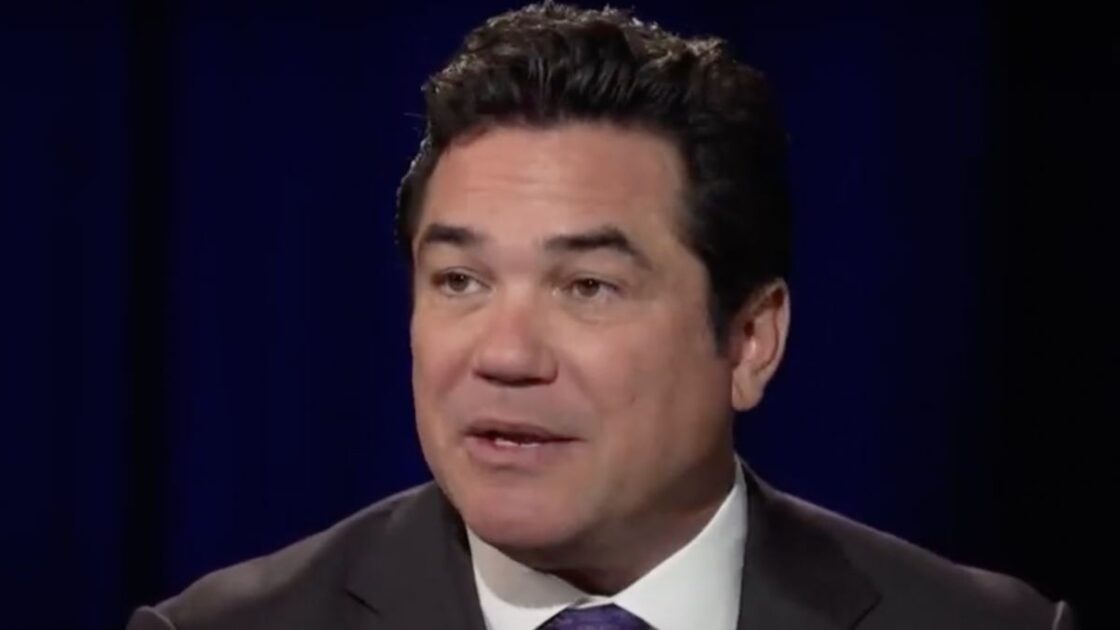When you drop money in the bank, it looks like it’s just sitting there, ready for you to withdraw. In reality, your institution makes money on your money by lending it elsewhere, including to the fossil fuel companies driving climate change, as well as emissions-heavy industries like manufacturing.
So just by leaving money in a bank account, you’re unwittingly contributing to worsening catastrophes around the world. According to a new analysis, for every $1,000 dollars the average American keeps in savings, each year they indirectly create emissions equivalent to flying from New York to Seattle. “We don’t really take a look at how the banks are using the money we keep in our checking account on a daily basis, where that money is really circulating,” says Jonathan Foley, executive director of Project Drawdown, which published the analysis. “But when we look under the hood, we see that there’s a lot of fossil fuels.”
By switching to a climate-conscious bank, you could reduce those emissions by about 75 percent, the study found. In fact, if you moved $8,000 dollars—the median balance for US customers—the reduction in your indirect emissions would be twice that of the direct emissions you’d avoid if you switched to a vegetarian diet.
Put another way: You as an individual have a carbon footprint—by driving a car, eating meat, running a gas furnace instead of a heat pump—but your money also has a carbon footprint. Banking, then, is an underappreciated yet powerful avenue for climate action on a mass scale. “Not just voting every four years, or not just skipping the hamburger, but also where my money sits, that’s really important,” says Foley.
Just as you can borrow money from a bank, so too do fossil fuel companies and the companies that support that industry—think of building pipelines and other infrastructure. “Even if it’s not building new pipelines, for a fossil fuel company to be doing just its regular operations—whether that’s maintaining the network of gas stations that it owns, or maintaining existing pipelines, or paying its employees—it’s going to need funding for that,” says Paddy McCully, senior analyst at Reclaim Finance, an NGO focused on climate action.
A fossil fuel company’s need for those loans varies from year to year, given the fluctuating prices of those fuels. That’s where you, the consumer, comes in. “The money that an individual puts into their bank account makes it possible for the bank to then lend money to fossil fuel companies,” says Richard Brooks, climate finance director at Stand.earth, an environmental and climate justice advocacy group. “If you look at the top 10 banks in North America, each of them lends out between $20 billion and $40 billion to fossil fuel companies every year.”























































